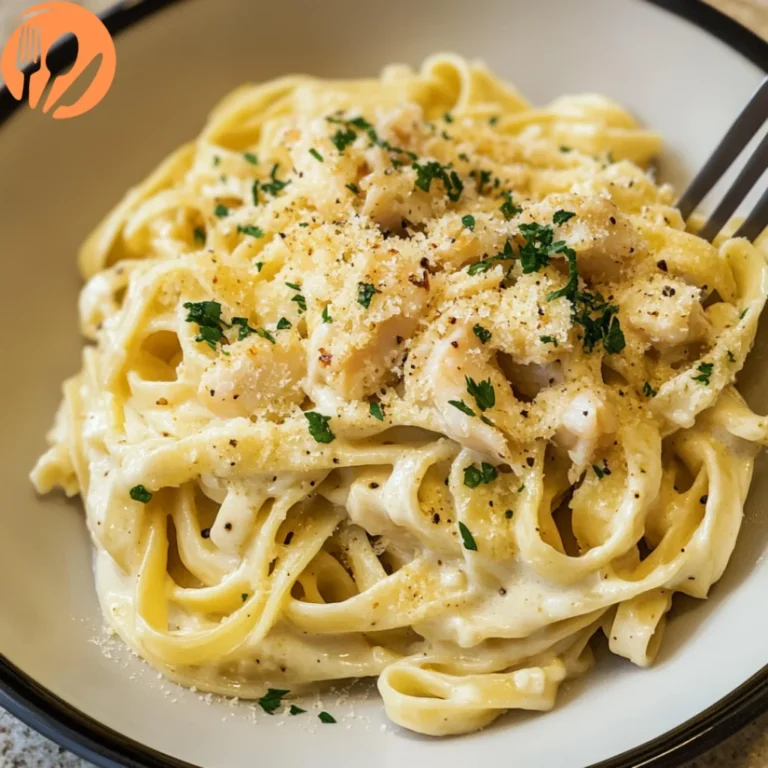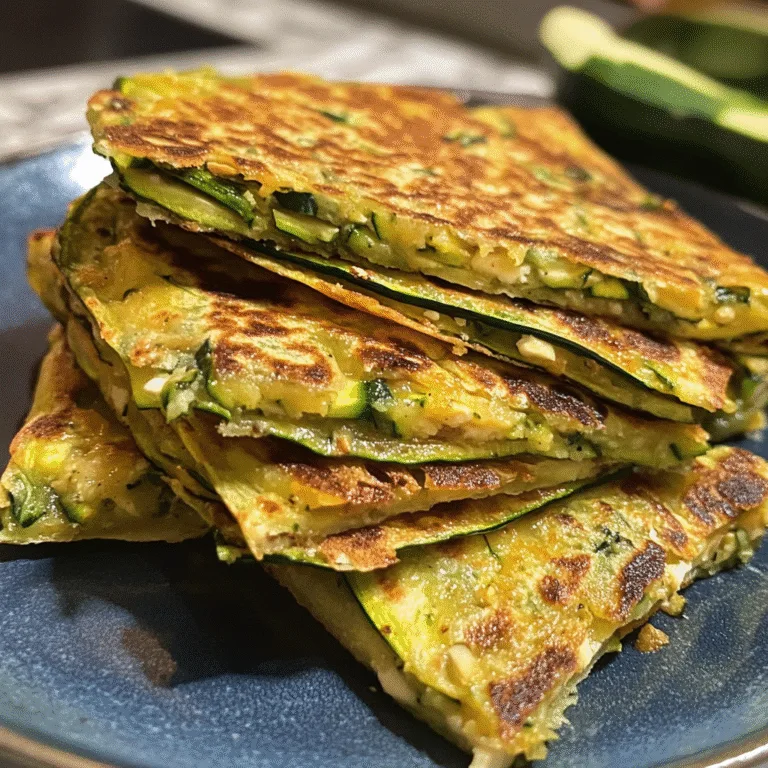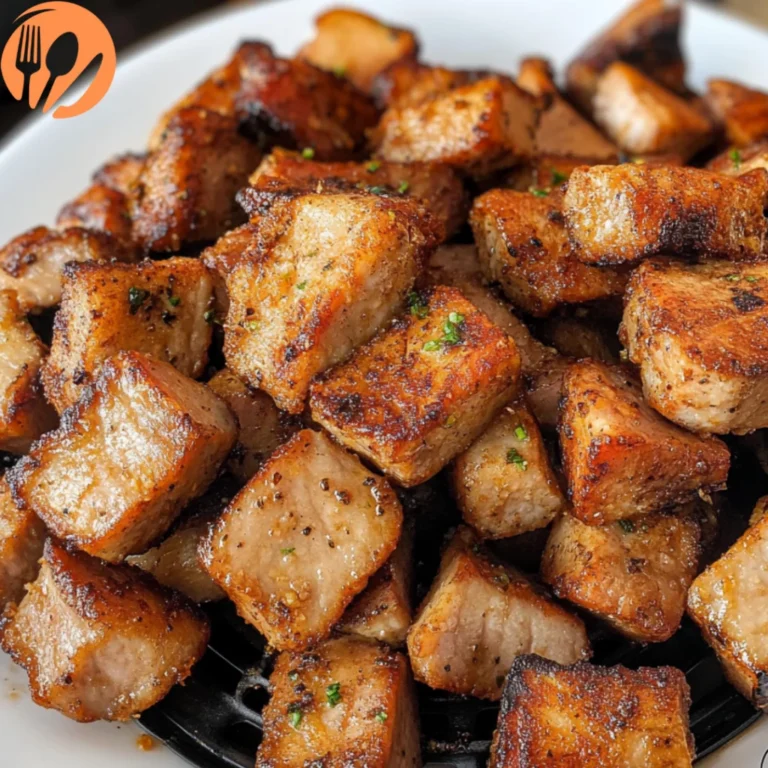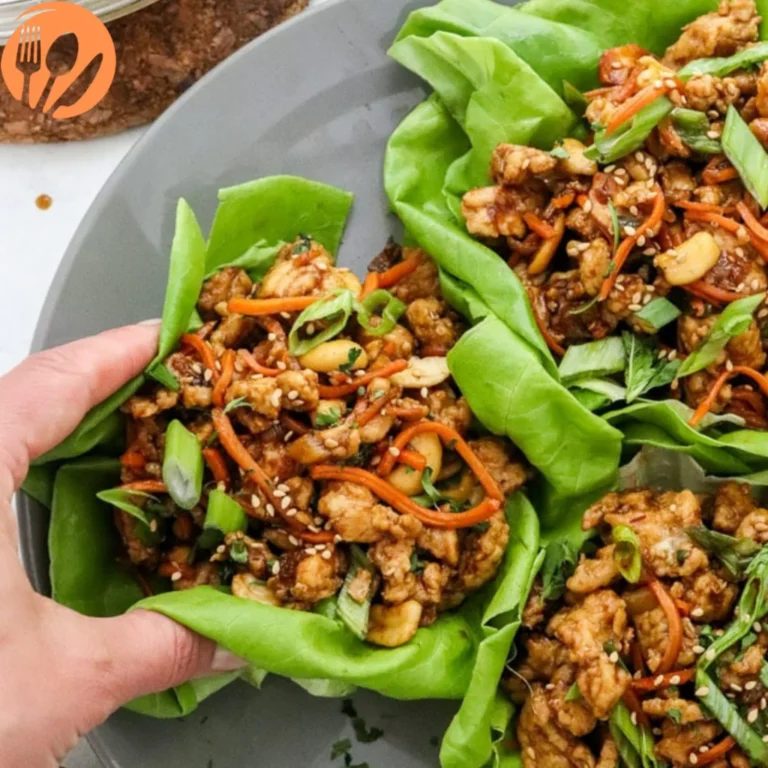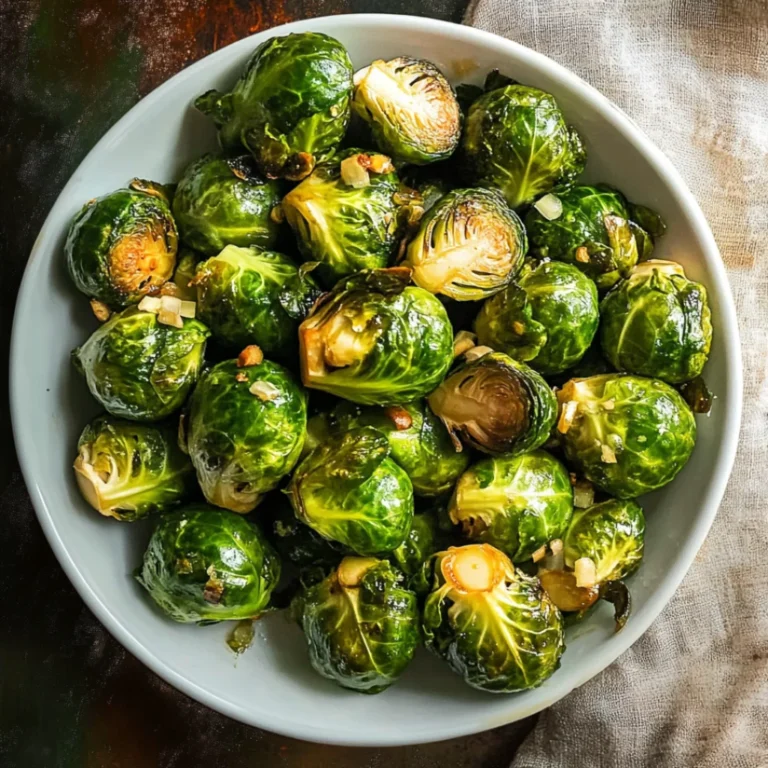Follow Me On Social Media!
Sourdough Discard Focaccia Bread
Introduction
Did you know that the average home baker throws away nearly 2 cups of sourdough starter per week? That's roughly 104 cups of perfectly good starter wasted annually – a staggering amount that could be transformed into delicious bread instead! If you're tired of feeling guilty about discarding your excess sourdough starter, Sourdough Discard Focaccia Bread is the perfect solution that transforms your "waste" into a golden, herb-infused masterpiece.
This isn't just another bread recipe – it's a game-changer for sourdough enthusiasts who want to maximize every drop of their precious starter. Unlike traditional focaccia that requires fresh yeast and lengthy rising times, sourdough discard focaccia bread offers a unique tangy flavor profile while reducing food waste. Whether you're a seasoned baker or just starting your sourdough journey, this recipe will become your go-to method for creating bakery-quality bread with minimal effort and maximum flavor.
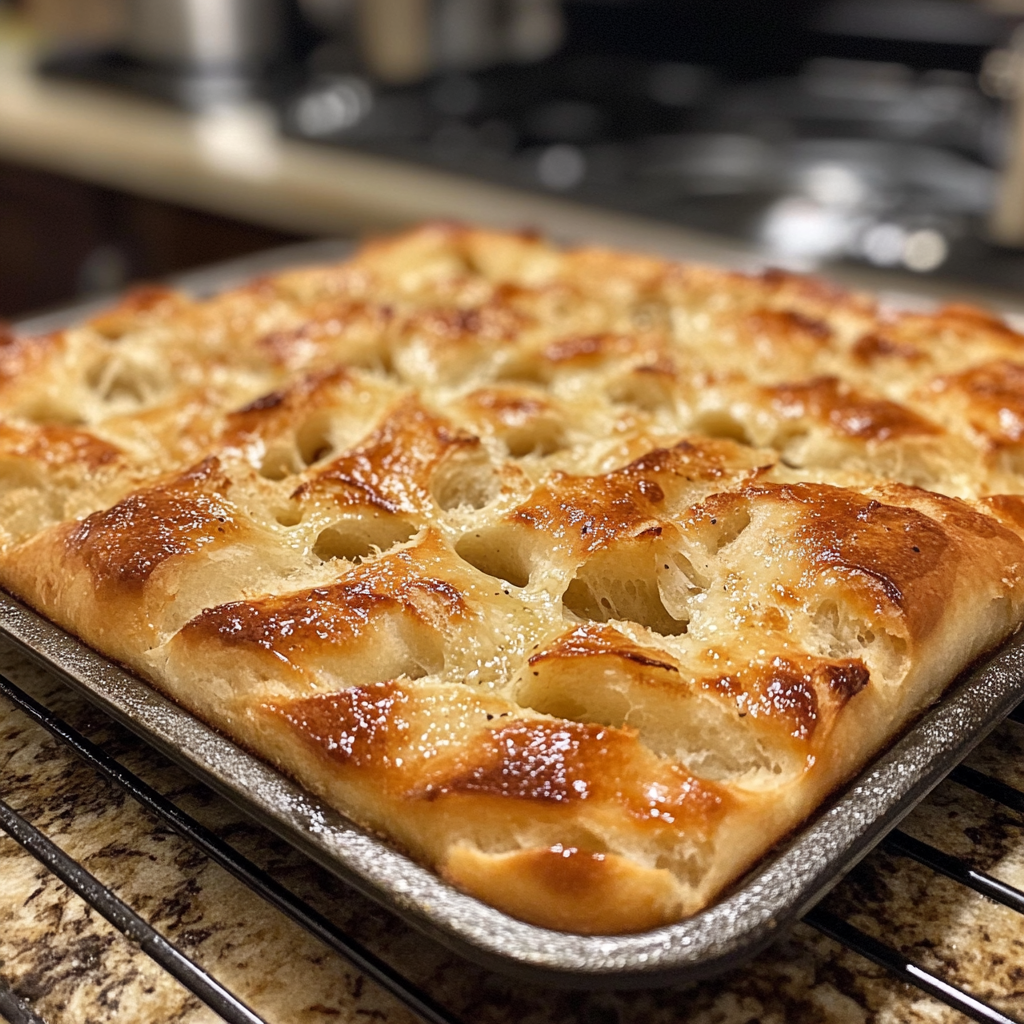
Ingredients List
For the Sourdough Discard Focaccia Bread:
- 1 cup sourdough discard (unfed starter that's been in the fridge for up to a week works perfectly)
- 2½ cups all-purpose flour (bread flour creates a chewier texture if preferred)
- 1¼ cups warm water (filtered water enhances flavor)
- 2 teaspoons active dry yeast (instant yeast can be substituted 1:1)
- 1 tablespoon honey (maple syrup or sugar work as alternatives)
- 2 teaspoons fine sea salt (kosher salt is acceptable but adjust quantity)
- ⅓ cup extra virgin olive oil, divided (high-quality oil makes a noticeable difference)
For the Herb Topping:
- 2 tablespoons fresh rosemary, chopped (dried rosemary uses 1 tablespoon)
- 1 teaspoon flaky sea salt (Maldon or similar coarse salt)
- 2 cloves garlic, minced (garlic powder substitution: ½ teaspoon)
- Cherry tomatoes, halved (optional but adds beautiful color)
- Red onion slices, thinly cut (optional for added complexity)
Possible Substitutions:
- Gluten-free option: Replace all-purpose flour with 1:1 gluten-free baking flour
- Whole grain version: Substitute up to 1 cup flour with whole wheat flour
- Herb variations: Try thyme, oregano, sage, or mixed Italian herbs
- Dairy addition: Sprinkle grated Parmesan cheese before baking
Timing
Preparation Time: 20 minutes (active mixing and shaping)
First Rise: 1-2 hours (depending on room temperature)
Second Rise: 30-45 minutes (in the baking pan)
Baking Time: 25-30 minutes
Total Time: 3-3.5 hours
Note: This timing is approximately 30% faster than traditional focaccia recipes that don't utilize sourdough discard, since the natural yeasts in your starter provide additional leavening power.
Step-by-Step Instructions
Step 1: Activate Your Yeast Mixture
In a large mixing bowl, combine warm water (around 100-110°F), honey, and active dry yeast. Whisk gently and let stand for 5-10 minutes until the mixture becomes foamy and fragrant. This step ensures your yeast is alive and ready to work alongside your sourdough discard. If the mixture doesn't foam, your yeast may be expired or the water temperature was incorrect.
Step 2: Incorporate the Sourdough Discard
Add your sourdough discard to the activated yeast mixture and whisk vigorously until well combined. The mixture will look slightly lumpy and rustic – this is exactly what you want! The discard doesn't need to be at room temperature; cold discard from the refrigerator works perfectly and actually helps control fermentation timing.
Step 3: Create the Dough Base
Add 2 cups of flour and salt to the wet ingredients. Using a wooden spoon or Danish dough whisk, mix until a shaggy dough forms. Gradually add the remaining ½ cup flour until the dough pulls away from the bowl sides but remains slightly sticky. Resist the urge to add too much flour – focaccia should maintain a higher hydration level for that characteristic open crumb structure.
Step 4: First Rise Period
Cover the bowl with a damp kitchen towel or plastic wrap and place in a warm, draft-free location. Allow the dough to rise for 1-2 hours until doubled in size. The timing depends on room temperature: warmer kitchens (75-80°F) will see faster rises, while cooler environments may require additional time.
Step 5: Prepare Your Baking Pan
Generously coat a 9×13 inch baking pan (or similar sized sheet pan) with 2 tablespoons of olive oil. This isn't just for non-stick purposes – the oil creates the golden, crispy bottom crust that makes focaccia irresistible. Swirl the oil to coat all surfaces and corners thoroughly.
Step 6: Shape and Second Rise
Transfer the risen dough to your prepared pan and gently stretch it to fit the corners. Don't worry about perfect coverage – focaccia should look rustic and organic. Cover again and let rise for 30-45 minutes until puffy and increased in size by about 50%.
Step 7: Create Signature Dimples
Preheat your oven to 425°F (220°C). Using your fingertips, create deep dimples across the entire surface of the dough, pressing almost to the bottom of the pan. These dimples will hold the olive oil and seasonings, creating pockets of concentrated flavor.
Step 8: Add Toppings and Bake
Drizzle the remaining olive oil over the surface, ensuring it pools in the dimples. Sprinkle with minced garlic, fresh rosemary, and flaky sea salt. Add cherry tomatoes and onion slices if using. Bake for 25-30 minutes until the top is golden brown and the internal temperature reaches 200°F (93°C).
Nutritional Information
Per serving (based on 12 servings):
- Calories: 185
- Protein: 5g
- Carbohydrates: 32g
- Fat: 4g
- Fiber: 2g
- Sugar: 2g
- Sodium: 390mg
Health Benefits: Sourdough discard focaccia bread provides beneficial probiotics from the fermented starter, which can support digestive health. The fermentation process also breaks down some gluten proteins, making it potentially easier to digest than conventional bread. Additionally, the olive oil contributes heart-healthy monounsaturated fats and antioxidants.
Healthier Alternatives for the Recipe
Lower Calorie Version: Replace half the all-purpose flour with almond flour and reduce olive oil to 3 tablespoons total. This modification cuts approximately 25 calories per serving while adding protein and healthy fats.
Vegan Adaptation: This recipe is naturally vegan when using maple syrup instead of honey. Ensure your sourdough starter was created with plant-based ingredients.
Low-Carb Alternative: Substitute 1 cup of flour with a combination of almond flour and psyllium husk powder (¾ cup almond flour + ¼ cup psyllium husk). This reduces net carbs to approximately 18g per serving.
Whole Grain Enhancement: Replace up to 1½ cups all-purpose flour with whole wheat pastry flour for increased fiber and nutrients while maintaining good texture.
Gluten-Free Version: Use a high-quality 1:1 gluten-free flour blend and add 1 teaspoon xanthan gum if not included in your flour mixture.
Serving Suggestions
Mediterranean Pairings: Serve warm sourdough discard focaccia bread alongside olive tapenade, fresh mozzarella, and sliced tomatoes drizzled with balsamic glaze. A glass of Chianti or Pinot Grigio complements the herbal notes beautifully.
Casual Dining: Transform slices into gourmet sandwiches with prosciutto, arugula, and fresh fig jam. The tangy sourdough flavor balances rich, salty meats perfectly.
Appetizer Style: Cut into small squares and top with ricotta cheese, honey, and toasted pine nuts for an elegant starter that impresses dinner guests.
Soup Companion: This focaccia pairs exceptionally well with tomato basil soup, minestrone, or creamy butternut squash bisque. The bread's sturdy texture makes it ideal for dipping.
Breakfast Option: Toast leftover slices and top with avocado, everything bagel seasoning, and a perfectly soft-boiled egg.
Common Mistakes to Avoid
Over-flouring the Dough: Many bakers add too much flour, creating dense, heavy focaccia. The dough should remain slightly sticky – resist the urge to make it completely smooth.
Insufficient Oil: Skimping on olive oil results in bread that sticks to the pan and lacks the characteristic crispy bottom. Use the full amount specified for best results.
Rushing the Rise Times: Proper fermentation develops flavor and texture. Don't cut rising times short, even if the dough looks ready earlier than expected.
Shallow Dimpling: Timid finger presses won't create proper wells for oil and seasonings. Press firmly and deeply – you won't hurt the dough.
Wrong Oven Temperature: Baking at too low temperature creates pale, soft focaccia instead of the desired golden crust. Verify your oven temperature with a thermometer for accuracy.
Storing Tips
Room Temperature Storage: Freshly baked sourdough discard focaccia bread stays optimal for 2-3 days when wrapped in a clean kitchen towel and stored in a bread box or paper bag. Avoid plastic storage at room temperature, which creates moisture buildup.
Refrigeration Method: For longer storage, wrap tightly in plastic wrap and refrigerate for up to one week. The bread may lose some crispness but maintains excellent flavor.
Freezing Instructions: Cut into serving portions and freeze in airtight containers or freezer bags for up to 3 months. Individual wrapping prevents freezer burn and allows you to thaw only needed portions.
Reheating Techniques: Restore crispness by reheating in a 350°F oven for 5-8 minutes. For single slices, toast lightly or warm in a dry skillet over medium heat. Avoid microwaving, which creates soggy texture.
Conclusion
Sourdough discard focaccia bread represents the perfect marriage of sustainability and flavor, transforming what many consider waste into a bakery-worthy masterpiece. This recipe not only reduces food waste but also delivers complex, tangy flavors that traditional focaccia simply cannot match. The forgiving nature of this bread makes it ideal for both beginners and experienced bakers looking to expand their sourdough repertoire.
The beauty of this recipe lies in its versatility – you can adapt the toppings seasonally, adjust the flour types for dietary needs, and even prepare the dough ahead for busy weeknights. Every time you make this bread, you're not just creating delicious food; you're participating in a sustainable baking practice that maximizes your sourdough starter's potential.
Ready to transform your sourdough discard into something extraordinary? Gather your ingredients, dust off your baking pan, and create this aromatic, golden focaccia that will fill your kitchen with irresistible scents. Don't forget to share your results – tag us on social media and let fellow bakers see how your sourdough discard focaccia bread turned out!
FAQs
Can I use sourdough discard that's been in the refrigerator for more than a week?
Yes, sourdough discard can be used safely for up to 2-3 weeks when stored properly in the refrigerator. If there's no mold and it smells pleasantly tangy (not putrid), it's perfectly fine to use. Older discard may actually enhance the flavor complexity of your focaccia.
What if my sourdough discard is very thick or liquid?
Consistency variations in discard are normal and won't significantly affect the final bread. If your discard is very thick, add an extra 2-3 tablespoons of water to the recipe. If it's quite liquid, reduce the water by 2-3 tablespoons or add a bit more flour during mixing.
Can I make this recipe without adding commercial yeast?
While possible, omitting commercial yeast will significantly extend rising times to 4-8 hours depending on your starter's activity level and ambient temperature. For best results with reasonable timing, the combination of discard and commercial yeast provides optimal rise and flavor.
How do I know when my focaccia is properly baked?
Properly baked sourdough discard focaccia bread will be golden brown on top, sound hollow when tapped on the bottom, and register an internal temperature of 200-205°F (93-96°C) when measured with an instant-read thermometer. The edges should pull slightly away from the pan sides.

